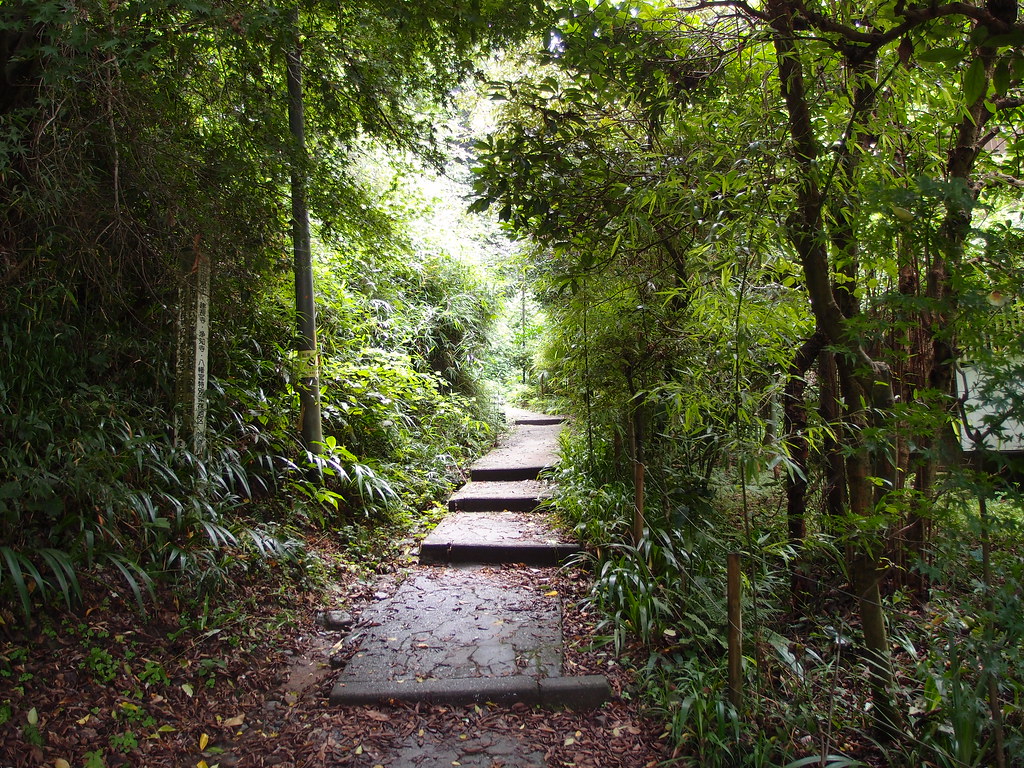Edit 3 October 2019: Updated prices to reflect the increase in Japan's national sales tax.
You may have noticed that most of my articles on Sekai Ichi thus far have been about destinations in Tokyo. Indeed, I have spent most of my holiday time in Japan within the greater Tokyo area. But in keeping with the chronological documentation of my vacations, I must eventually write about places further afield. To introduce these cities and towns, I am starting a new series of articles to give them a high-level overview. These articles will provide basic information on their major sites of interest, plus how to get into and around them. As I visit more of the locations listed in each overview and write specific articles on them, I will update their listings with links to those articles.
So, to kick off this series, we will start with Kamakura. Kamakura (鎌倉, lit. 'sickle warehouse') has a high density of Shinto shrines and Buddhist temple, to such the degree that it has been called by some as the Kyoto of eastern Japan. And like Kyoto, it also has a rich history. In the late 12th century, war hero Minamoto no Yoritomo was appointed as shogun by the Emperor in Kyoto, and set up the capital of his new shogunate in Kamakura. Thus, Kamakura became a "second capital" of Japan for over a century, and still retained influence afterwards. That was, until a siege in 1526 burnt down much of the city, and the capital of the shogunate was eventually moved to Edo, known in the future as Tokyo.
Major Attractions
1) Tsuruoka Hachiman-gu Shrine: The most-important and most-visited shrine in Kamakura, Tsuruoka Hachiman-gu is dedicated to the Shinto warrior god Hachiman.
2) Hokoku-ji Temple: A secluded Zen Buddhist temple with a bamboo grove.
 |
| By Fg2 [Public domain], via Wikimedia Commons |
 |
| No machine-readable author provided. Urashimataro assumed (based on copyright claims). [Public domain], via Wikimedia Commons |
 |
| By Wiiii [GFDL or CC BY-SA 3.0], from Wikimedia Commons |
 |
| By Bernard Gagnon [GFDL or CC BY-SA 3.0], from Wikimedia Commons |
 |
| By Gulhelm Vellut [CC BY 2.0], via Flickr |
8) Kotoku-in Temple and Great Buddha: A temple with a large, bronze, open-air statue of a seated Buddha.
9) Hase-dera Temple: A temple dedicated to the Buddhist goddess Kannon, with wide views over the town from its rear gardens.
10) Enoshima Electric Railway: A tram line running along the coast from Kamakura to...
 |
| AMANO Jun-ichi [CC BY 3.0], via Wikimedia Commons |
 |
| By Nagara373 (日本語: 投稿者本人が撮影) [Public domain], via Wikimedia Commons |
Orientation
Kamakura lies about 50 kilometres (30 miles) south of Tokyo, on the coast of the Pacific Ocean. It is split from north to south by the JR Yokosuka (JO) line, with two stations in the immediate area: the central Kamakura Station, and Kita-Kamakura Station one stop before it to the north. A tram line called the Enoshima Electric Railway (EN), or EnoDen for short, departs west from Kamakura Station and travels along the coast. A great deal of sites are within walking distance of Kamakura, Kita-Kamakura, or the EnoDen's Hase stations.
Access
From Tokyo Station, take the JR Yokosuka line to Kamakura (JO07, 60 minutes, ¥940, JR Pass OK). Green Car seats are available on these trains; they cost an additional ¥1,000.
From Shinjuku Station, take the JR Shonan-Shinjuku (JS) line to Kamakura (55 minutes, ¥940, JR Pass OK). Only every alternate train stops at Kamakura; the others diverge onto the Tokaido (JT) line at Ofuna Station. If your train is not bound for Zushi, you can transfer to another Yokosuka or Shonan-Shinjuku train at Ofuna. Again, Green Car seats are available for an extra ¥1,000.
Alternately, from Shinjuku Station, take an Odakyu express or rapid-express (OH) train bound for Fujisawa (OE16, 60-65 minutes, ¥600). Limited express trains, branded as "Romancecar", are a couple of minutes faster and have more comfortable reserved seats; they cost an additional ¥630 one-way. At Fujisawa Station, transfer to the Enoshima tram line and ride it to Kamakura (EN15, 35 minutes, ¥310). This method is slower than using the JR lines, but is cheaper, especially when using the Enoshima-Kamakura Freepass. This pass covers a round-trip on Odakyu's lines from Shinjuku to Fujisawa, and unlimited use of the Odakyu Enoshima and EnoDen lines from Fujisawa on, all for one day. It costs ¥1,520, not including Romancecar supplement fees. More information: (English)
 |
| Trains on the Yokosuka (shown) and Shonan-Shinjuku lines carry Green Car seats in double-decker cars. |








